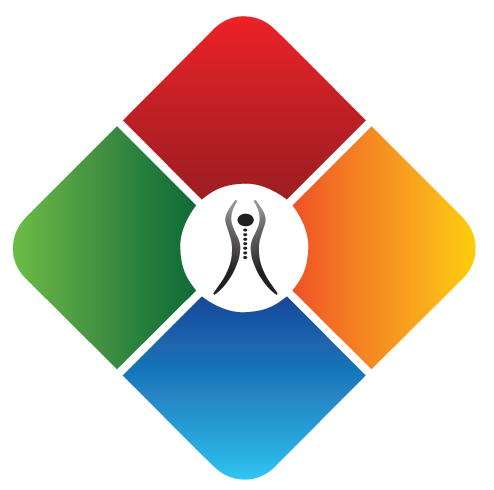This is the third post in a four-part series where we talk about Scott Baker’s low back pain. If you haven’t already, be sure to read Part I: Investigating Your Options and Part II: Doing Your Research. We previously covered the primary care physician’s role along with the characteristics you should look for while selecting a chiropractor.
Over the course of 15 years of practice, I’ve seen many different philosophies that chiropractors will utilize. Sadly, there are many horror stories out there about offices that don’t provide relief to the patient. It’s often the norm that a visit to the chiropractor will begin with X-rays before the patient has even seen the doctor. From there, the doctor will hopefully perform a thorough examination. They might schedule another appointment at a later date when they’ll go over the diagnosis and treatment options.
This has simply never made any sense to me. It’s pretty much placing the cart before the horse.
Who knows what type of X-ray would be appropriate for the patient, and if X-rays are even needed in the first place? Why are you sending the patient away without providing any insight about their issue and what steps they can take to feel better? That’s doing a disservice because the patient is left in the dark wondering what’s wrong and what can be done.
If you come to my clinic in pain, first and foremost it’s my job to figure out what the problem is and make the proper recommendations. I should do everything possible to make sure that I give you some relief. Of course, I don’t want patients to get the idea that I can completely alleviate the problem in a single visit. However, there are three things I think patients should be able to leave the office with: First of all, they should have an idea of what’s wrong. Second, they should leave here feeling a bit better. Third, they should have some sort of plan so they can feel accountable and equipped with things they can do on their own.
There are so many different aspects we can educate the patient on. It could be self-management, modifying their activities, improving their ergonomic setup, or recommending simple exercises that they can do on their own. The bottom line is, it’s simply my job to listen to the patient and provide concrete steps that suit their specific need. Whether that’s right or wrong, that’s how we do things here at Tulsa Spine and Rehab. It might be a little bit different from what people are used to, but it’s the philosophy that we adhere to.
Let’s hear more from Scott Baker, cohost of SpineFit Radio, as he tells us about a visit to his local chiropractor:
The experience has been interesting, because I didn’t know what to expect. The particular office that I go to doesn’t have the latest and greatest equipment. It’s a small office without much staff. As I went in, the doctor scanned my spine with some sort of heat sensor. He said, “This spot hurts, doesn’t it?”
I said, “Yeah, it sure does.”
Then he gave me a manipulation. I didn’t quite realize what it was until he gave it to me. He basically rubbed the area, and then all of a sudden, Bam! Right on that spot you could hear a loud *pop*. It didn’t hurt, but it wasn’t great either. Is that a typical manipulation?
The instrument the chiropractor used at the beginning of the visit was probably some type of thermography. He would use such an instrument to determine where there may be increased heat. We don’t use that diagnostic tool here. Instead, we rely heavily on orthopedic and functional movement screening and palpation. Palpation involves feeling the patient’s joints and muscles to determine areas of restriction/loss of mobility. They could contribute to pain, discomfort, and dysfunction. Those are the areas that I would then utilize mobilization/adjustment/manipulation.
A chiropractor, osteopath, physician, or manual therapist is likely going to use their hands to perform spinal mobilization/adjustment/manipulation. They’ll first set up on that area of restriction or irritation. Then they’ll use a high-velocity force on the joint to reestablish motion. It should not be painful to the patient. You may often hear an accompanying loud popping or clicking sound. That’s actually the sound of gas escaping the joint. A good analogy to think of is toy arrows with a suction cup on one end. When you pull them free from a window, the rapid air movement makes a distinct sound. If done properly, manipulation is safe and should require minimal force.
These are the things that I like to explain to my patients during a visit. I like to keep everything simple and straightforward. There’s nothing worse than going into a situation where you’re uncertain about what to expect. If there’s anything you’re unsure of, make sure you ask questions to your chiropractor. It goes without saying, but they should be able to explain things clearly.
Check back for the fourth and final post in this series. We’ll be talking about the different tools in a chiropractor’s toolbox and how they can be the deciding factor in effective treatment.
Podcast: Play in new window

